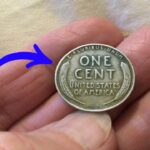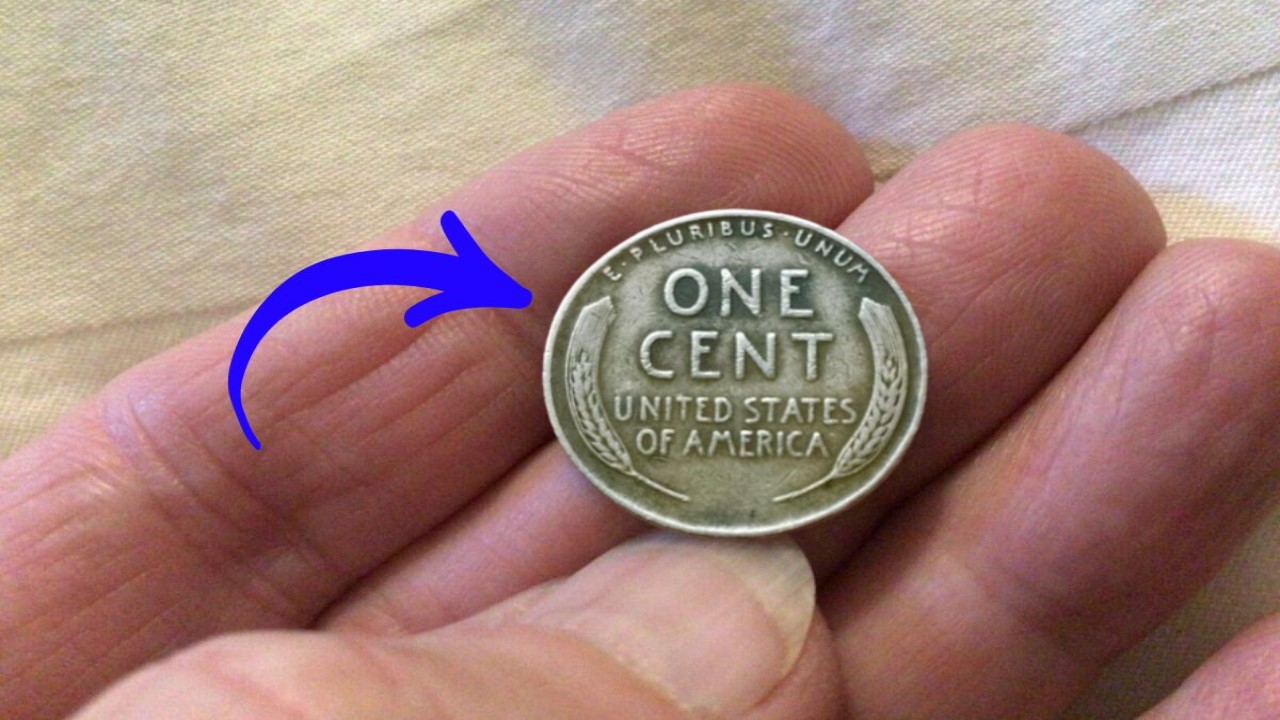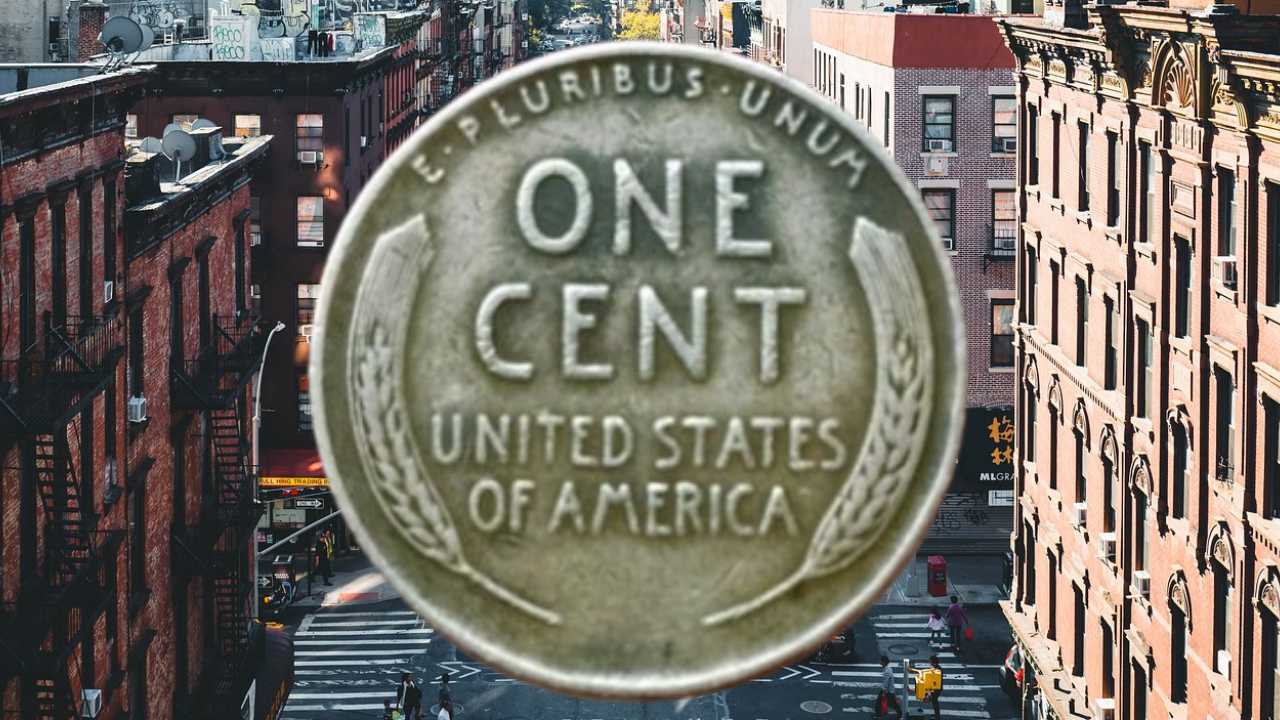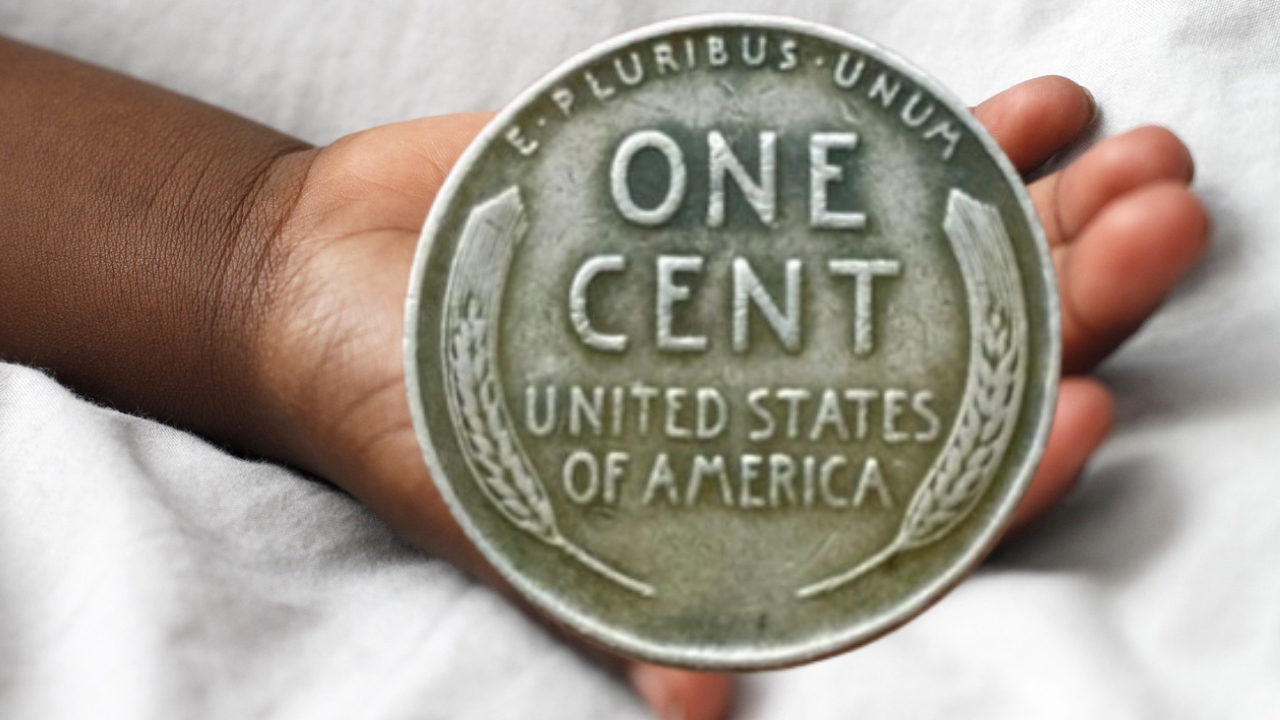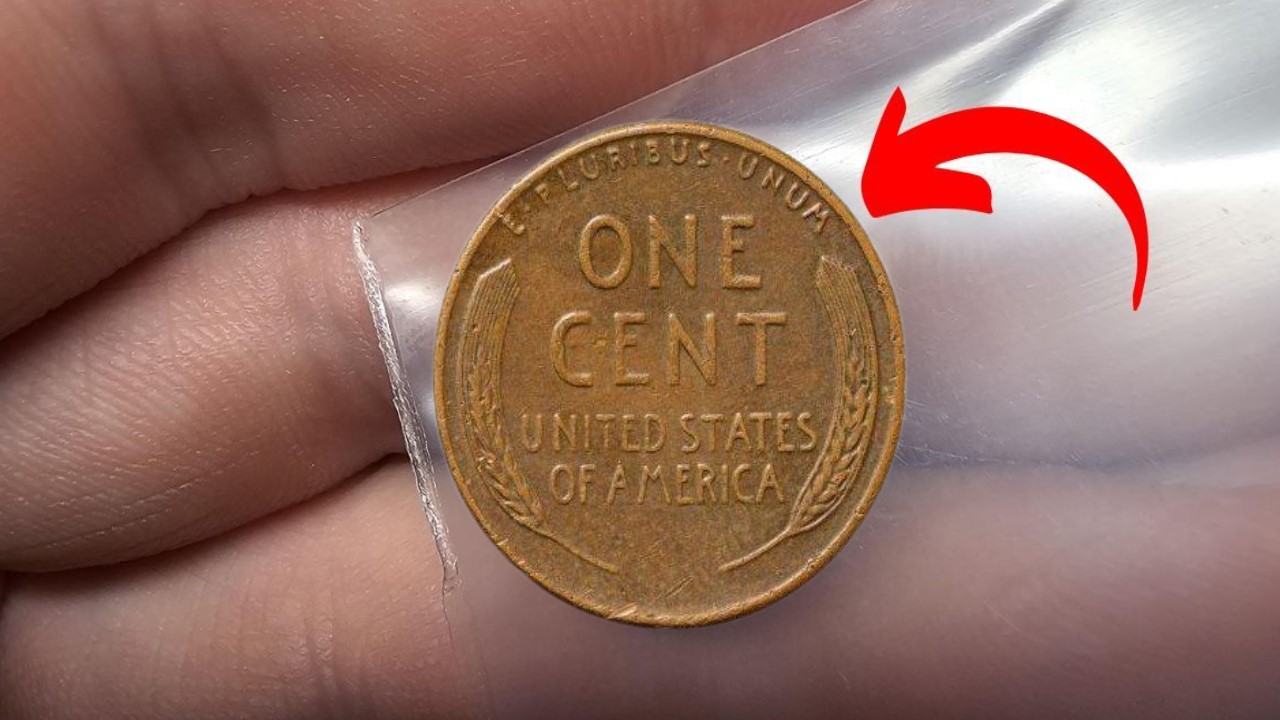Discover if the $60 Million : In the captivating world of coin collecting, the Lincoln Wheat Penny stands as one of the most iconic and cherished pieces in American history. Although many see it as a simple one-cent coin, a select few specimens have earned legendary status, with one such penny now valued at an astounding $60 million. This extraordinary value reflects the combination of historical importance, pristine condition, and exceptional rarity that can elevate a common coin to the heights of numismatic treasure.
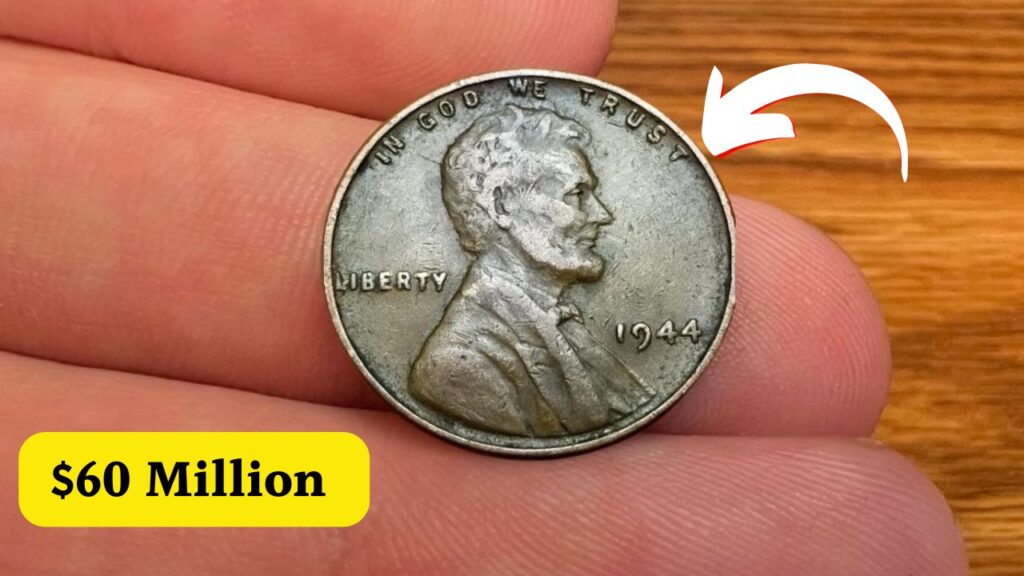
The Genesis of the Lincoln Wheat Penny
The Lincoln Wheat Penny was introduced in 1909, forever altering the landscape of U.S. coinage. Designed by Victor David Brenner, it featured an elegant portrait of Abraham Lincoln on the obverse, honoring the president’s centennial birth anniversary. The reverse of the coin depicted two wheat stalks, a symbol of America’s agricultural roots. The penny’s design marked a historic first, as it was the first circulating U.S. coin to feature an American president’s likeness, setting a significant precedent for future coinage designs.
Contents
Why the $60 Million Lincoln Wheat Penny is So Valuable
The extraordinary worth of certain Lincoln Wheat Pennies is a result of several factors. Key among them is the coin’s condition—specimens that have remained in pristine, uncirculated condition command the highest market prices. Coins are graded on a scale of 1 to 70, with 70 representing perfection. Rarity, historical importance, and unique minting errors can also amplify a coin’s value, helping drive the price of the most exceptional Lincoln Wheat Pennies to an astonishing $60 million.
The Wartime Error and Its Legacy
One of the most fascinating chapters in the history of the Lincoln Wheat Penny unfolded during World War II. In 1943, due to wartime copper shortages, the U.S. Mint switched from copper to steel for penny production. However, a few copper planchets from 1942 found their way into the 1943 minting process, resulting in some rare 1943 copper pennies that are now considered among the most valuable coins in American numismatics. These error pennies are highly prized by collectors and represent the pinnacle of Lincoln Wheat Penny collecting.
The Authentication Process: Verifying Rare Coins
For numismatists, the process of authenticating rare Lincoln Wheat Pennies is a highly precise science. The evaluation involves scrutinizing a variety of factors, including the date, mint mark, strike quality, surface preservation, and color. Advanced imaging techniques and comparative analysis are used to verify the authenticity of a coin and assess its condition. This thorough process helps prevent counterfeiting and ensures that coins are accurately valued.
Preserving the Rarest Treasures
Protecting these rare coins is crucial to maintaining their value. Experts advise against cleaning coins, as this can drastically reduce their worth. Proper storage is essential; protective cases shield coins from environmental damage while preserving their condition for future evaluation. Maintaining the coin’s current state, rather than attempting any restoration, is key to preserving its value.
Other Lincoln Wheat Pennies of Significance
Although the 1943 copper penny is the star of the show, other Lincoln Wheat Pennies also command high value. For example, the 1909-S VDB penny, which features the designer’s initials, is highly coveted for its limited mintage. Other notable rarities include the 1955 Double Die, which showcases a distinctive doubling of the design, and the 1922 No D, which lacks the mint mark from Denver, adding to its scarcity.
The Historical Importance of the Lincoln Wheat Penny
Beyond their financial worth, Lincoln Wheat Pennies serve as valuable historical artifacts. These coins have witnessed America’s journey through turbulent times, including the Great Depression and the World Wars. Each penny encapsulates a moment in American history, making them precious not just to collectors but also to historians. The 1943 copper penny, in particular, stands as a reminder of the wartime challenges that shaped the nation’s currency.
The Ongoing Quest for Rare Pennies
Even as time passes, rare Lincoln Wheat Pennies continue to circulate, sometimes unnoticed in everyday transactions. While the chances of stumbling upon a $60 million penny are slim, the possibility of finding other valuable specimens continues to excite collectors. The thrill of discovery remains a driving force behind the hunt for these elusive treasures, which may surface in old collections, forgotten penny jars, or family estates.
Identifying Key Features of Valuable Pennies
Collectors often look for specific indicators that a Lincoln Wheat Penny may be worth more than its face value. The year and mint mark are significant clues, as certain years are rarer and more valuable than others. Additionally, the coin’s weight can provide a hint—copper pennies typically weigh 3.11 grams, while their steel counterparts are lighter at 2.7 grams. A simple magnet test can also help differentiate between copper and steel pennies.
The Cultural Legacy of the Lincoln Wheat Penny
The Lincoln Wheat Penny has become much more than just a currency piece; it is a symbol of American numismatic history. Its design set the bar for future U.S. coinage, and its various errors provide a fascinating window into the intricacies of minting processes. The coin’s impact extends far beyond its monetary value, leaving a lasting legacy in both the world of coin collecting and American culture at large.
Looking Toward the Future
As we advance further into the digital age, physical coins like the Lincoln Wheat Penny will continue to grow in importance as tangible links to the past. Whether worth a single cent or millions of dollars, each penny represents a piece of American history that should be preserved for future generations. The legacy of these rare coins will continue to inspire collectors and historians, proving that extraordinary value often lies in the most unexpected places.
The allure of the Lincoln Wheat Penny, particularly the rare 1943 copper variety, remains strong among numismatists. While the chance of finding a multi-million-dollar specimen may be small, the ongoing hunt for these valuable coins ensures their place in history and affirms that, sometimes, the most valuable treasures are right under our noses.
Also Read
